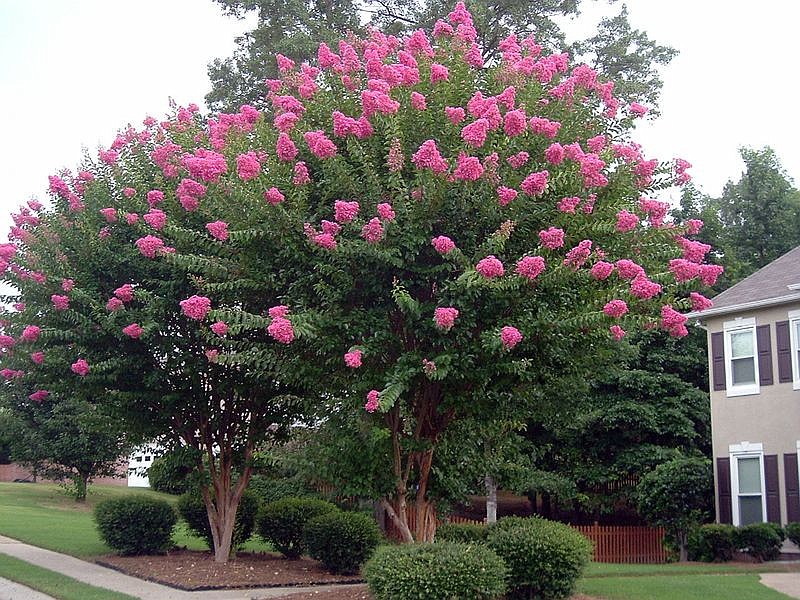- November 27, 2024
-
-
Loading

Loading

With the azaleas and camellias blooming, it seems like spring is around the corner!
However, the past few weeks have brought a few nights of freezing temperatures, which have damaged some landscape plants.
Don’t be too eager to cut off the brown leaves and branches. The discolored portion functions as a layer of protection during the next cold snap. But, you may prune hardy shrubs and trees that don’t bloom in the spring.
It’s also time to prune your roses back to the main canes and eliminate all crossing canes and dead wood. You can reduce the size of the plant by one-half to two-thirds. Blooms should begin eight to nine weeks after pruning.
Crape myrtles can be trimmed now through April. Remove broken, dead and crossed limbs. Remove the suckers at the base of the tree and at the trunk. You can also prune the tips of branches and remove the old seed-heads.
Don’t top your trees by sawing off all branches. It was once thought that heavy pruning each year produces more blooms, but a University of Florida study proved the exact opposite! In fact, it is the most harmful practice.
Topping can cause immediate dieback and/or the growth of a “broom” or “pom-pom,” which are long thin shoots that are grown from just under the bark. These are poorly attached and easily broken off during high winds. Additionally, topping lowers the life expectancy of a tree at least one-third and destroys its natural beauty.
Many citrus trees, like my Persian lime, are blooming now due to the warm temperatures this winter. Don’t fertilize them now, as this can cause excessive blossom drop. Wait until March.
Since there is little rainfall and low humidity during the winter months, citrus growers recommend a heavy soaking (several gallons) of the roots each week. And don’t forget to water three or four days before a freeze warning. Most citrus trees die in winter due to lack of water, not the cold.